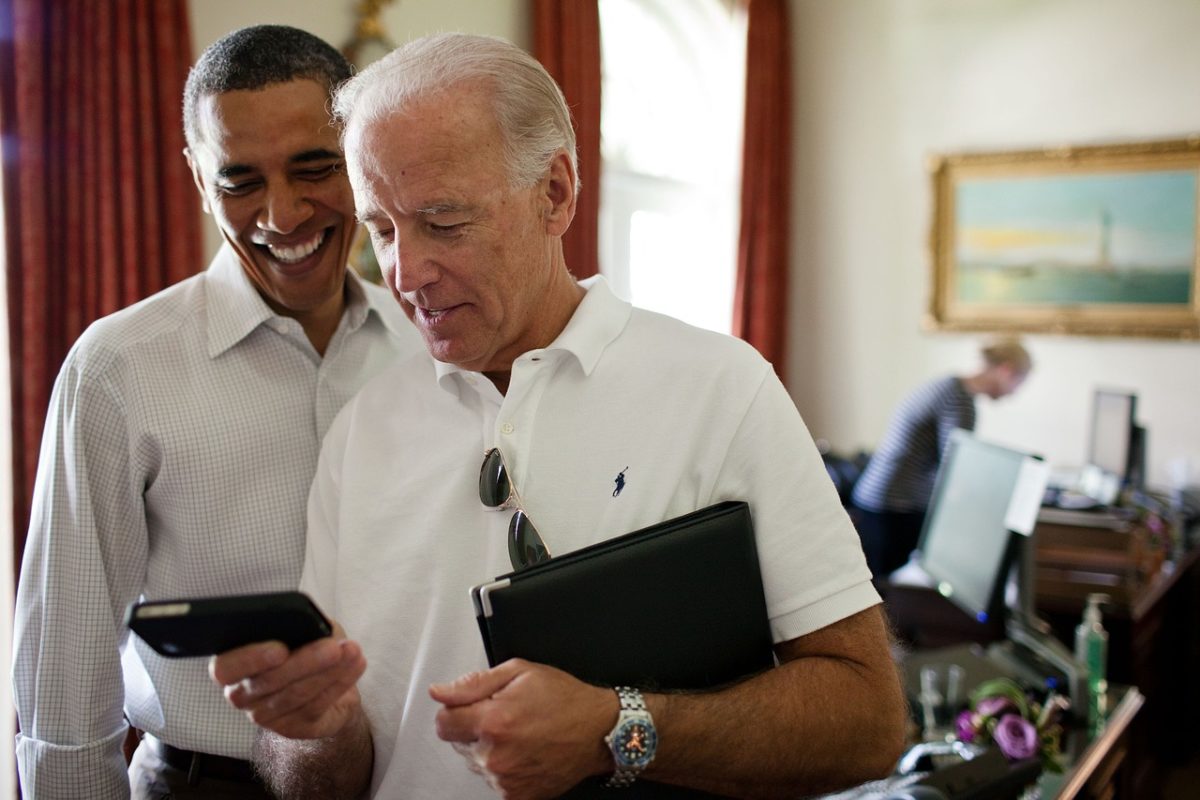From pv magazine USA.
In 2018, California passed a groundbreaking law requiring solar installations on all new homes beginning in 2020. The law is now in effect, but Democratic governor Gavin Newsom has yet to back up his state’s commitment to residential solar by installing panels on his personal residence.
A Google Maps view of Newsom’s panel-less roof can be seen on a new website, solarpowerchallenge.com, which is out to name names on the politicians who are – or aren’t – backing up their public support for solar with rooftop installations at home. The project is the brainchild of solar sales consultant Nick Thorsch, who recently launched the website, looking first at the rooftops of all 50 state governors’ official mansions and their personal homes.
“Governor's mansions, by very definition, are kind of state-owned mansions; they are not necessarily Democratic or Republican,” said Thorsch. “Even if a Democrat got [solar], then a Republican went into office, the Republican would have solar panels on their roof, experience that it's not this scary thing. It's actually saving money, and it works really well.”
In fact, while Newsom’s predecessor, Jerry Brown, installed solar on California’s governor’s mansion in 2015, Thorsch’s research shows that Republican governors in Ohio and Florida were even earlier adopters. In Ohio, Republican Bob Taft was in office in 2004, when his wife, Hope Taft, led efforts to install solar at the governor’s mansion – a 3 kW system on the roof of a carriage house next to the official residence. Before becoming a Democrat in 2012, Charlie Crist was the Republican governor of Florida in 2007, when he put solar on an outbuilding at the governor’s mansion, to heat the swimming pool.
All told, Thorsch said, 10 states have solar on their governor’s mansions or nearby outbuildings. The other seven include Colorado, Illinois, Maine, Maryland, Michigan, New York and Wisconsin.
Got solar?
The idea for solarpowerchallenge.com grew out of Thorsch’s concern about the fate of the federal investment tax credit (ITC), which is scheduled to sunset for residential projects at the end of 2021. Thorsch works in residential solar sales and believes that losing the ITC could crush the market, which is why he started thinking about how to identify solar-friendly politicians.
“By looking at the homes of the politicians, you might get a sense of how favorable they are to solar – if they have taken personal action and gotten solar on their homes,” he said. “And from what I've seen, very, very few politicians actually have solar on their homes.”
Thorsch demo'd his back-end methodology for pv magazine, tracking down lawmakers’ home addresses with publicly available information, then zooming in for a roof inspection via Google Maps. He admits the combination of sources is not entirely foolproof, sometimes requiring additional online research. For example, he found solar panels on outbuildings at governor’s mansions were not always easily visible, and even a direct, overhead roof shot may obscure a home installation.
Finding the solar panels on the home of Vermont Sen. Bernie Sanders required shifting perspectives to a tilt angle, said Thorsch, who is now adding the homes of U.S. senators to the website. Sanders and Massachusetts Sen. Elizabeth Warren head the list of solar owners here. Vice presidential candidate Sen. Kamala Harris of California has a large, panel-less roof, as does her running mate, former vice president Joe Biden.
President Donald Trump’s current residence – the White House – does have a small rooftop installation, a legacy from his Democratic predecessor, president Barack Obama. But the solar panels that heat the White House pool and spa were installed in 2003 by Republican President George W. Bush.
By K Kaufmann
This content is protected by copyright and may not be reused. If you want to cooperate with us and would like to reuse some of our content, please contact: editors@pv-magazine.com.



Don’t forget it snows in most of the USA so roof solar panels are worthless when cover in snow . can’t use a roof rake on panels . it’s lol how people don’t talk or think about this . ps what ever happen to angle your panels due to season your in . now it’s who cares about angle ? Lol